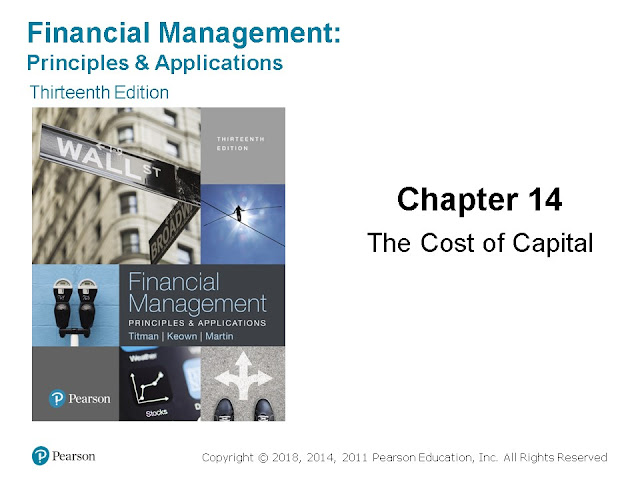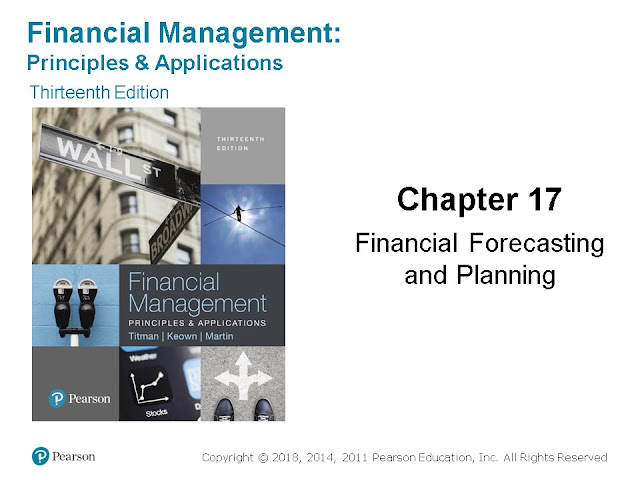Financial Management: Principles and Applications (Chapter 14: The Cost of Capital)
Learning Objectives:
- Understand the concepts underlying the firm’s overall cost of capital and the purpose for its calculation.
- Evaluate a firm’s capital structure, and determine the relative importance (weight) of each source of financing.
- Calculate the after-tax cost of debt, preferred stock, and common equity.
- Calculate a firm’s weighted average cost of capital.
- Discuss the pros and cons of using multiple, risk-adjusted discount rates and describe the divisional cost of capital as a viable alternative for firms with multiple divisions.
- Adjust the NPV for the costs of issuing new securities when analyzing new investment opportunities.




Comments
Post a Comment